Lake expenses rise 10-fold since hydrilla’s invasion of East Twin
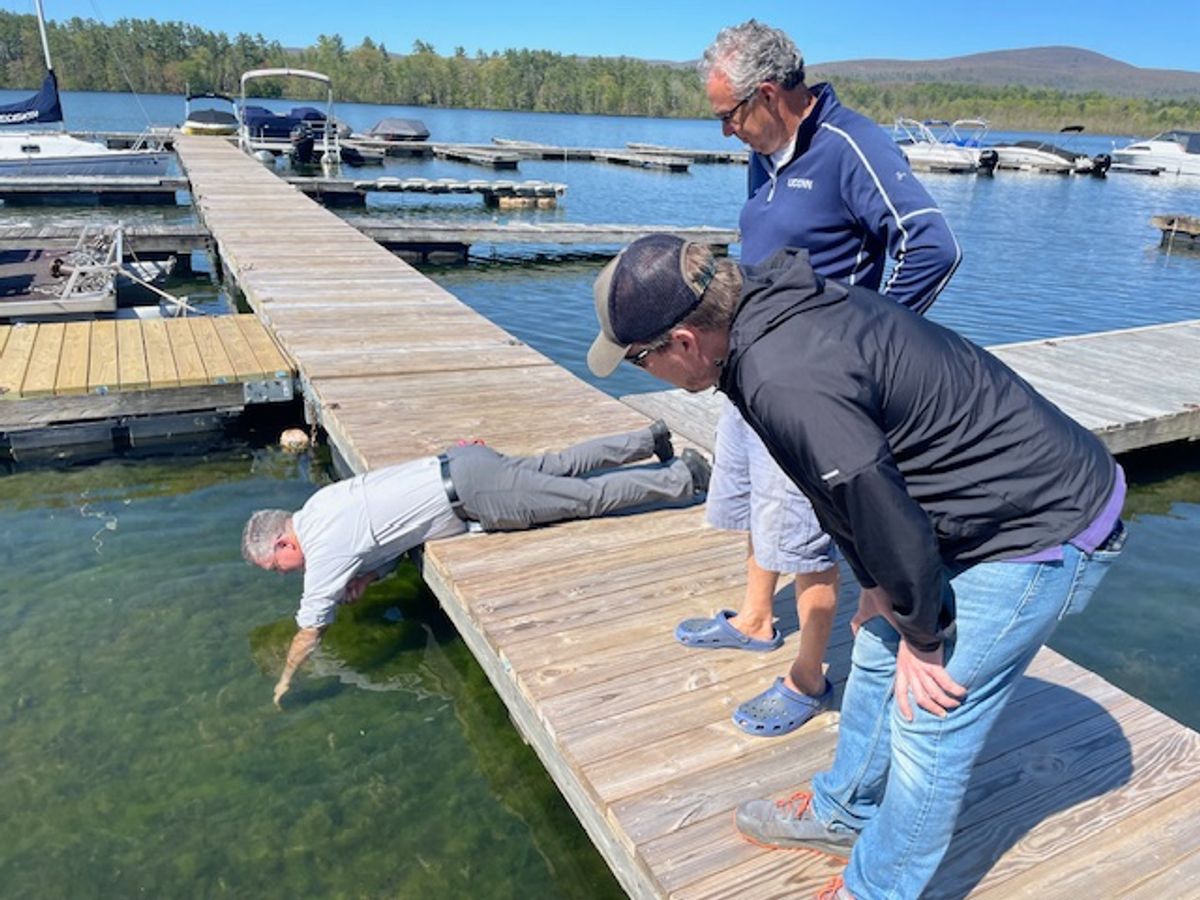
A team of scientists and Twin Lakes Association board members recently toured the Twin Lakes to evaluate the status of the known hydrilla beds and discuss treatment strategies for 2024.
Provided

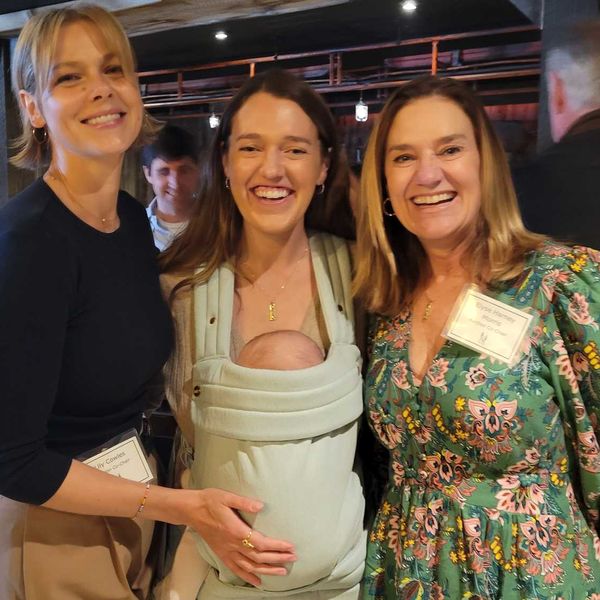
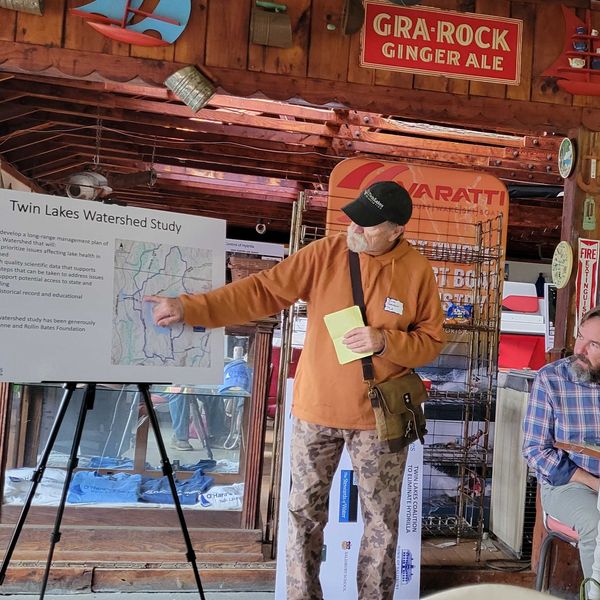
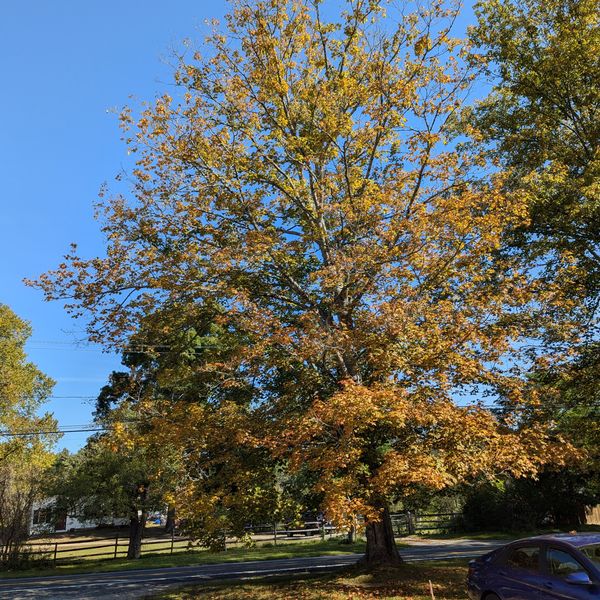


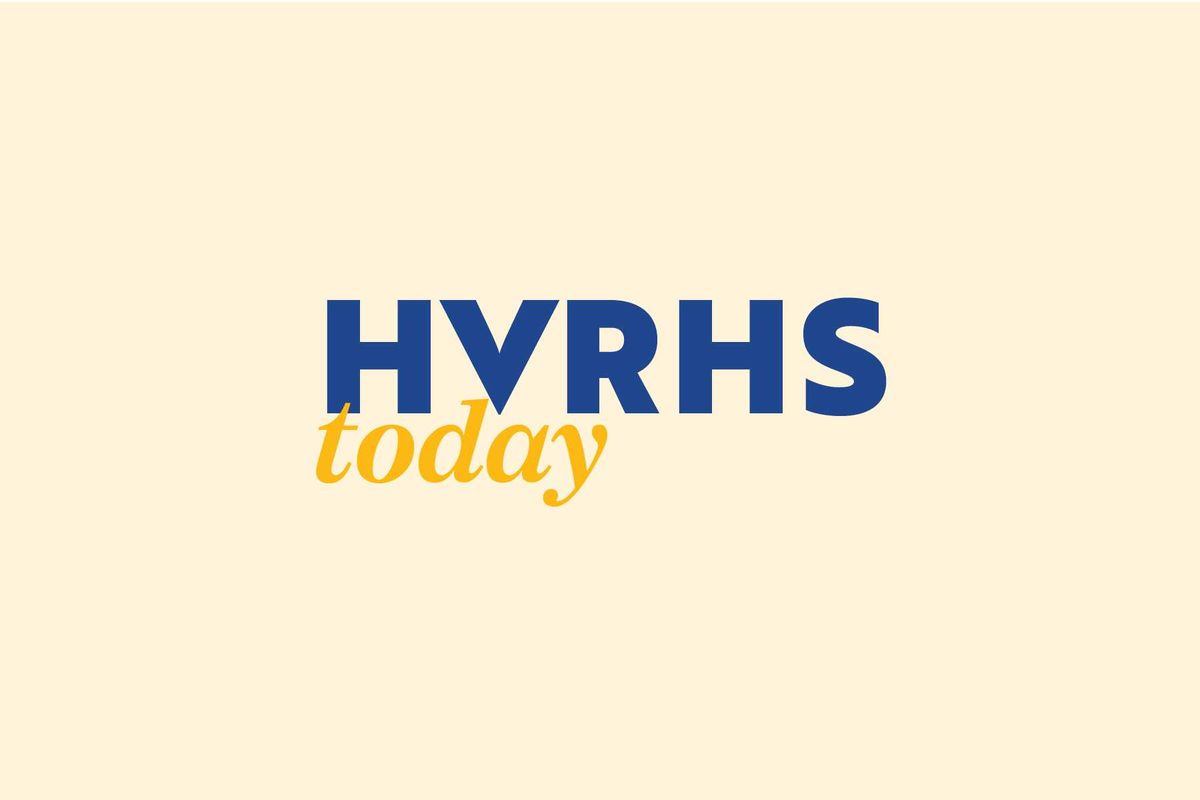
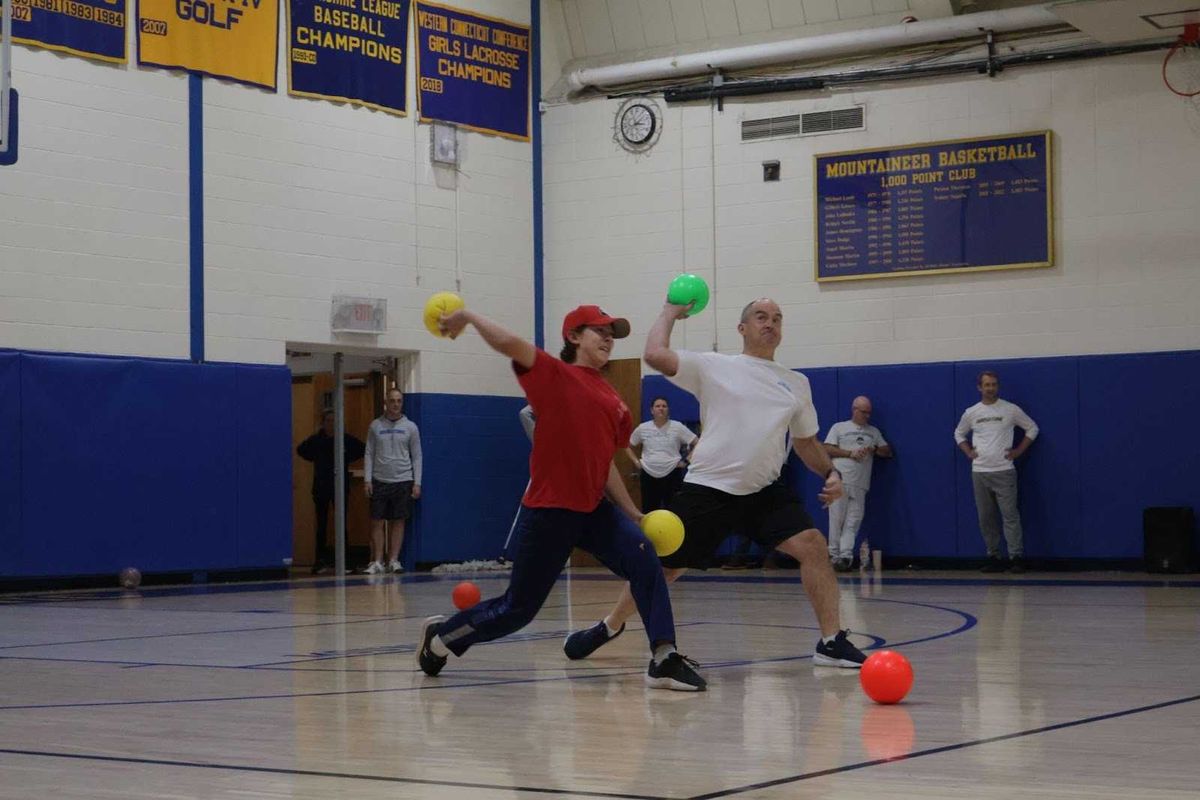
 Seniors Hannah Johnson and Celeste Trubucco wrap up Katherine Crane with toiler paper in the mummy contest. Simon Markow
Seniors Hannah Johnson and Celeste Trubucco wrap up Katherine Crane with toiler paper in the mummy contest. Simon Markow Senior Anthony Labbadia makes a dunk in a game of knockout.Peter Austin
Senior Anthony Labbadia makes a dunk in a game of knockout.Peter Austin




